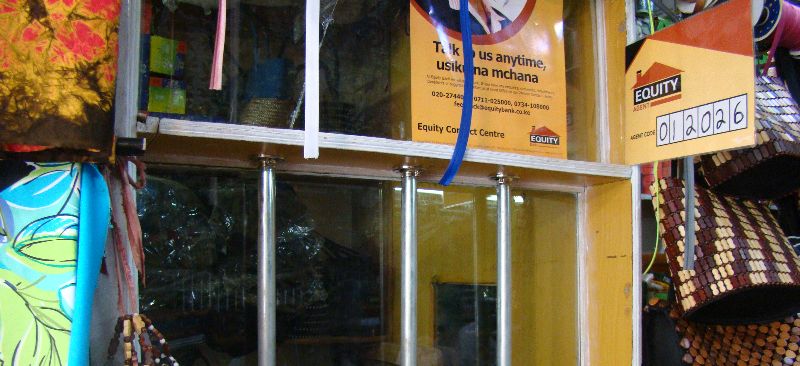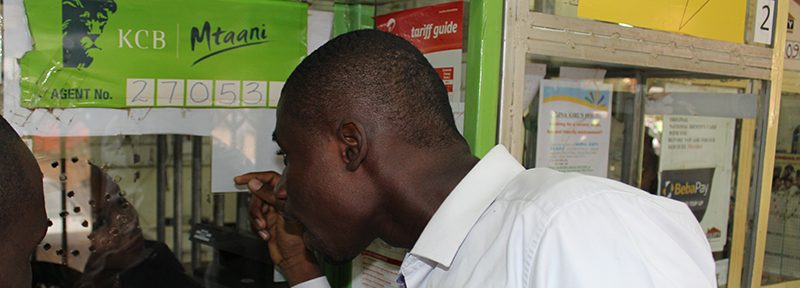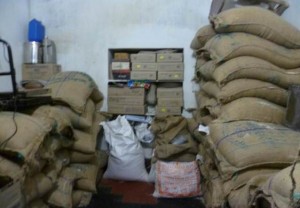Learn from some of the best, and watch Kimathi Githachuri (Former, Head of The Helix Institute of Digital Finance) , Pauline Vaughan (Director of Operations, M-KOPA, Previously Head of M-PESA Kenya) and Nick Hughes (Co-Founder of M-KOPA and so-called ‘Father of M-PESA’) share their advice on how to build a successful and sustainable mobile money or agent banking agent network.
Blog
Managing agent’s liquidity in rural areas
Roar Bjaerum (Head of Financial Services in Asia – Telenor Group) and Kimathi Githachuri (Former, Head of the Helix Institute of Digital Finance) discuss the challenges, and lessons learnt from managing agent liquidity in rural areas.
How do you compensate and support your agent network?
Pauline Vaughan (Director of Operations, M-KOPA, Previously Head of M-PESA Kenya) and Kimathi Githachuri (Former, Head of The Helix Institute of Digital Finance) share the lessons they have learnt about successfully and strategically compensating and supporting agents in a new mobile money and agent banking roll-outs.
Why is agent training so important?
What is the importance, and best way to implement agent training? Kimathi Githachuri (Former, Head of The Helix Institute of Digital Finance) and Susie Lonie (Mobile Payments Consultant, previously worked on the initial M-PESA Kenya team) share their expert advice.
Three’s a lucky number! Biz objective, value prop & anchor product
What’s your business objective? What’s your value proposition? What’s your anchor product? David Ndome (Previously Head of Agent Banking KCB), Pauline Vaughan (Director of Operations, M-KOPA, Previously Head of M-PESA Kenya), Kimathi Githachuri (Former, Head of The Helix Institute of Digital Finance and (Mobile Payments Consultant, previously worked on the initial M-PESA Kenya team) discuss why these key questions are so important before rolling out a product or service
What advice would you give to a new digital finance roll-out?
We asked experts from around the world what advice they would give to a new mobile money, or agent banking roll-out. Watch Kimathi Githachuri (Former, Head of the Helix Institute of Digital Finance) Tillman Bruett (Mobile Money for the Poor Manager, UNCDF), Shaibu Haruna (Head of MTN Business, Ghana), Susie Lonie (Mobile Payments Consultant, previously worked on the initial M-PESA Kenya team), Annie Smith (Head of Consumer Solutions, Paypal), Pauline Vaughan (Director of Operations, M-KOPA, Previously Head of M-PESA Kenya) have to share.




